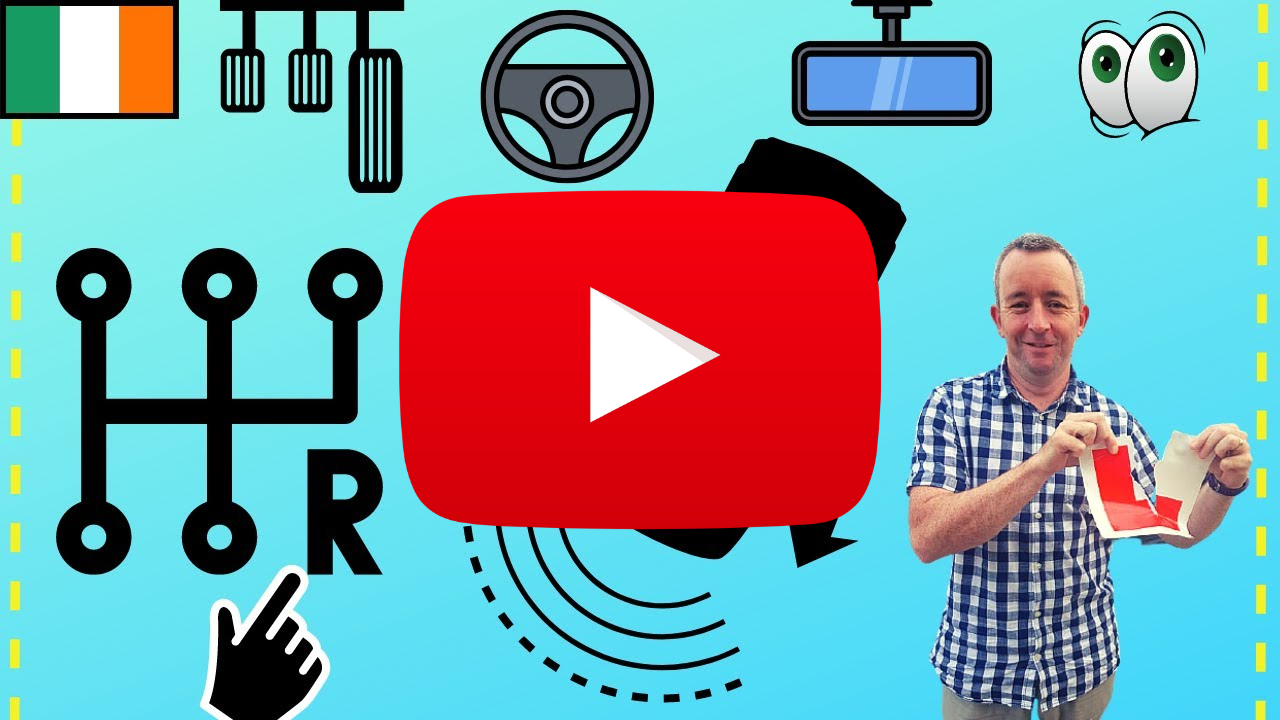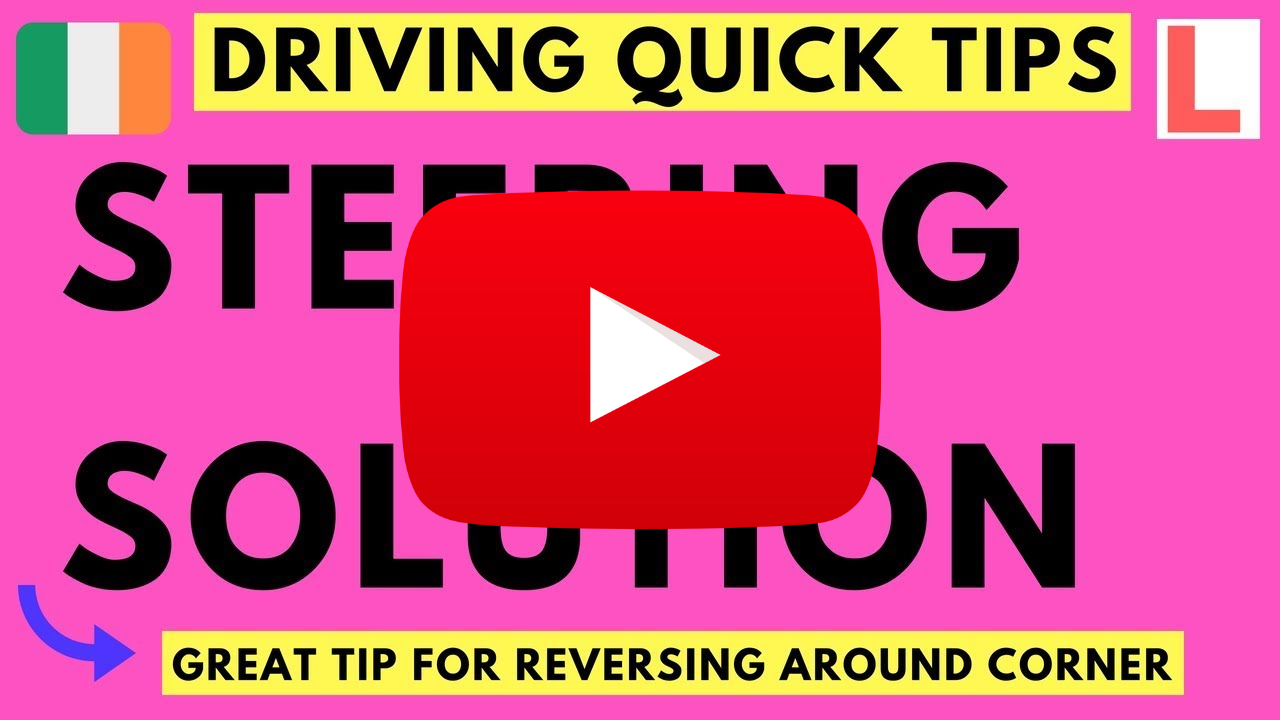The reverse around a corner is one of the manoeuvres that you will be asked to perform on your driving test, and because it can often be a cause of stress, I want to share with you some important tips to help you do it in a confident and safe way.
It is important to get the basics of reversing correct first, and this is where having a good understanding of clutch control is so crucial. Clutch control involves gently moving your clutch pedal up and down to initiate slow and controlled movements by your car which in turn gives you the time and space to get proper observation done in your mirrors and over the shoulders.
Once these basics have been mastered you should be ready to try a reverse around a corner and one of the very first tasks you need to do is to analyse the corner that you are about to reverse around before starting. Make a note of how sharp or gradual the corner is because a sharper corner will require faster steers but a more gradual one will usually only need gentle steers. You also need to watch out for any hills and adjust your feet accordingly so this means clutch in and just on and off the brake when reversing down the hill but you could potentially need some acceleration along with clutch control if you are backing up a hill. Always remember good planning makes for a better reverse manoeuvre.
Only begin the reverse once you have had a good look all around and it is so important that you maintain a slow and steady speed. Keep the wheel straight for the first few seconds as this is a reflection of the kerb beside you. Once the kerb disappears from your side mirror then turn gradually depending on how sharp the corner is. As you make your way further around the corner ask yourself this question “Can I see the kerb in my left wing mirror?” If the answer is no then keep turning because you are not close to the kerb but if the answer is yes then it’s possible you may have steered too much or too early so maybe readjust while keeping your speed slow. As you are reversing it is so important to look behind over both shoulders and not to stare in your mirrors. Remember the reason you are looking behind is to watch out for other cars and road users so stop and yield as required.
As you are coming towards the end of this manoeuvre you should notice the kerb coming back into view in your left mirror when you are about three quarters of the way back. This is normally a good time to steer to the right in order to straighten up and doing so at a very slow pace will give your brain the time to process the information in a more effective way. Once you are straightened then it’s just a case of continuing back until the tester asks you to stop, but if you are still a little bit far away from the kerb at this point then I want you to execute the quarter steers which is a great way of fixing any little gap that might be between your car and the kerb. The quarter steers is all about performing gentle steers that prevent your car zig zagging or weaving in and out and they will be explained in this video here:
If at any point you hit the kerb do not worry as it will not be a straight fail as long as you don’t hit it at speed or mount the kerb. If you feel you are about to hit the kerb then don’t let that happen, stop, go to 1st gear, look around and pull forward a little bit and create more space, then resume the reverse. It’s not ideal but better than hitting or mounting the footpath.
Another crucial point on the reverse around a corner that sometimes gets overlooked is the moving off afterwards. So many people are so zoned in on the reverse, and probably a bit relieved to have it done, that they occasionally forget to indicate and check the blind spot when moving off again to continue the test. Make sure you check over your right shoulder when moving off and indicate accordingly.
So in summary you need to judge each corner individually as no two corners are the same. You need to adjust you steering technique to suit the sharpness of the kerb and the positioning of your feet will need to reflect whatever hills you have to contend with. Don’t forget how important it is to look behind over both shoulders and keep the speed slow for better control. Check out this video on how to do a reverse around a corner from start to finish:

